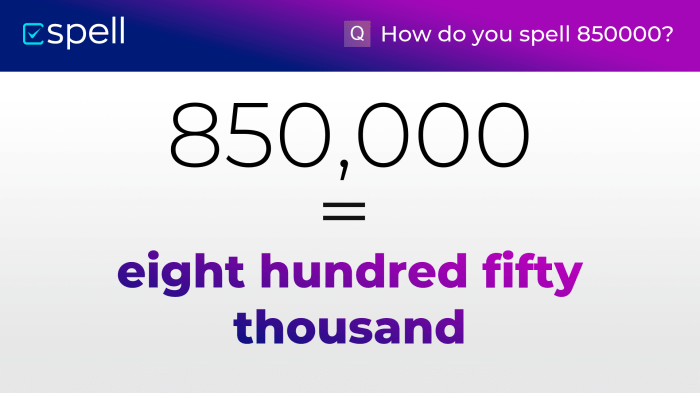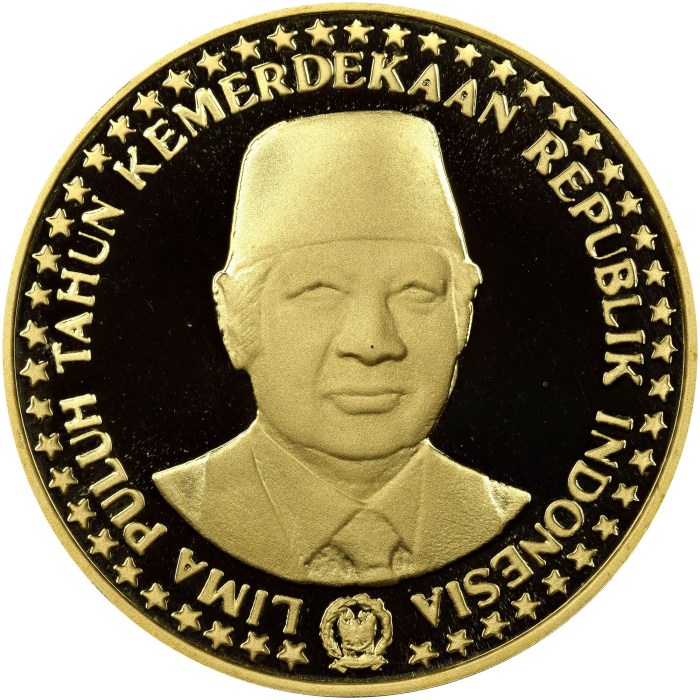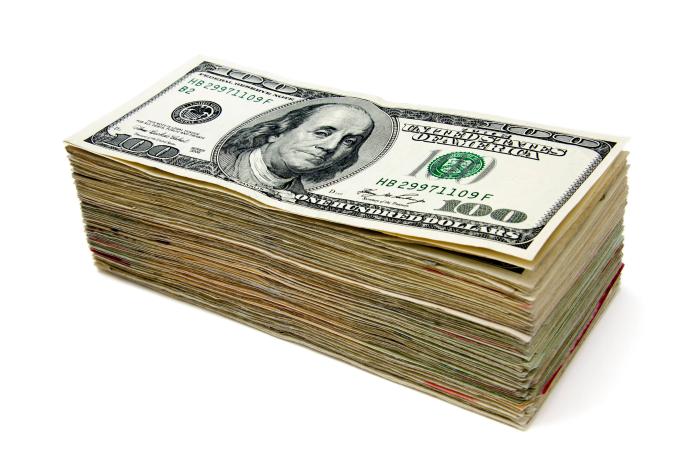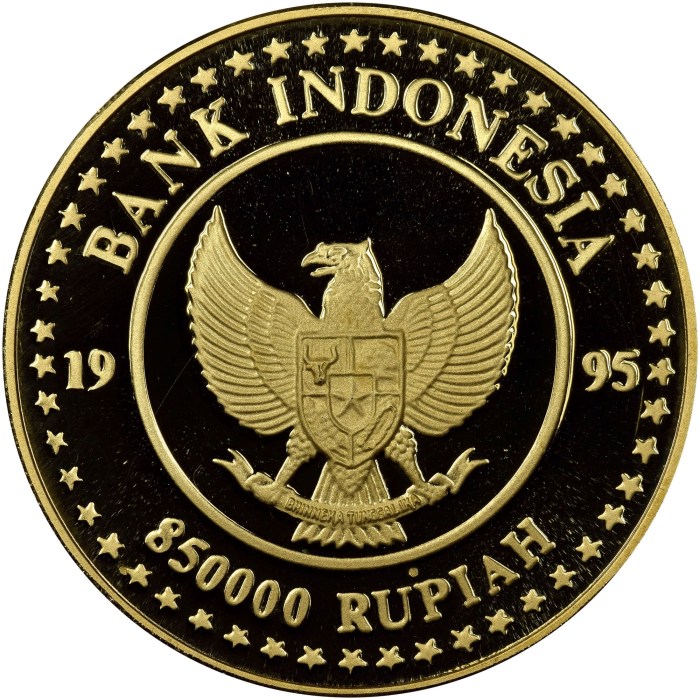Round 845 001 to the nearest ten thousand – Round 845,001 to the nearest ten thousand embarks on a journey through the intricacies of numerical approximation, revealing the fundamental principles and practical applications of rounding numbers to enhance precision and simplify calculations.
Delving into the nuances of rounding methods, we explore the advantages and limitations of each approach, empowering you with the knowledge to make informed choices when dealing with numerical data.
Rounding to the Nearest Ten Thousand: Round 845 001 To The Nearest Ten Thousand

Rounding numbers to the nearest ten thousand involves adjusting a number to the closest multiple of 10,000. This process simplifies calculations, data analysis, and estimation tasks.
Rounding Rules
- If the digit in the ten thousandth place is 5 or greater, round up to the next ten thousand.
- If the digit in the ten thousandth place is less than 5, round down to the nearest ten thousand.
Example:Round 54,321 to the nearest ten thousand. Since 3 is less than 5, the number is rounded down to 50,000.
Rounding Methods
Common rounding methods include:
- Truncation:Simply removing digits beyond the desired place value.
- Rounding up:Increasing the digit in the desired place value by 1 if the following digit is 5 or greater.
- Rounding down:Leaving the digit in the desired place value unchanged if the following digit is less than 5.
Truncation is the least accurate method, while rounding up and down provide better approximations.
Rounding Applications
Rounding to the nearest ten thousand is useful in various applications, including:
- Financial estimates:Rounding large sums of money or financial data.
- Population statistics:Estimating population sizes or demographic trends.
- Distance measurements:Approximating distances or travel routes.
Rounding Accuracy, Round 845 001 to the nearest ten thousand
Rounding introduces potential errors, as the rounded value may not be the exact value. Sources of error include:
- Truncation error:Removing significant digits beyond the desired place value.
- Rounding bias:Consistently rounding up or down, which can affect statistical conclusions.
Minimizing rounding errors requires careful consideration of the application and the desired level of accuracy.
Rounding in Calculations
Rounding affects the accuracy of mathematical calculations. When rounding intermediate values, the accumulated rounding errors can impact the final result.
Example:Calculating the sum of 12,345 and 23,456. Rounding both numbers to the nearest ten thousand gives 10,000 and 20,000, resulting in a sum of 30,000. The actual sum is 35,801, indicating a significant error.
Rounding in Data Analysis
Rounding plays a role in data analysis and statistics. Rounding data points can affect data interpretation and statistical conclusions.
Example:Rounding survey responses to the nearest ten thousand may obscure subtle patterns or trends in the data.
Q&A
What is the general rule for rounding numbers to the nearest ten thousand?
If the digit in the thousands place is 5 or greater, round up to the next ten thousand. If it is less than 5, round down to the nearest ten thousand.
What are the different methods used to round numbers to the nearest ten thousand?
Common methods include the rounding up method, rounding down method, and rounding to the nearest even number method.
What are some real-world applications of rounding to the nearest ten thousand?
Rounding is used in various fields such as finance, population estimates, scientific measurements, and data analysis.



